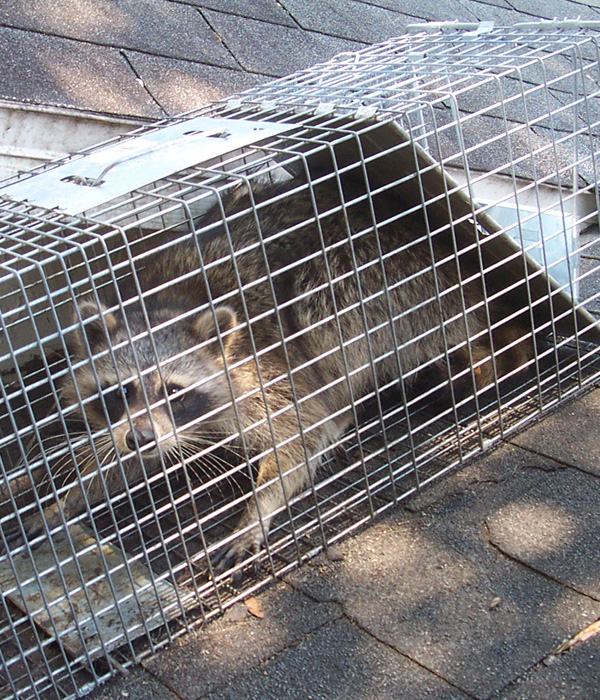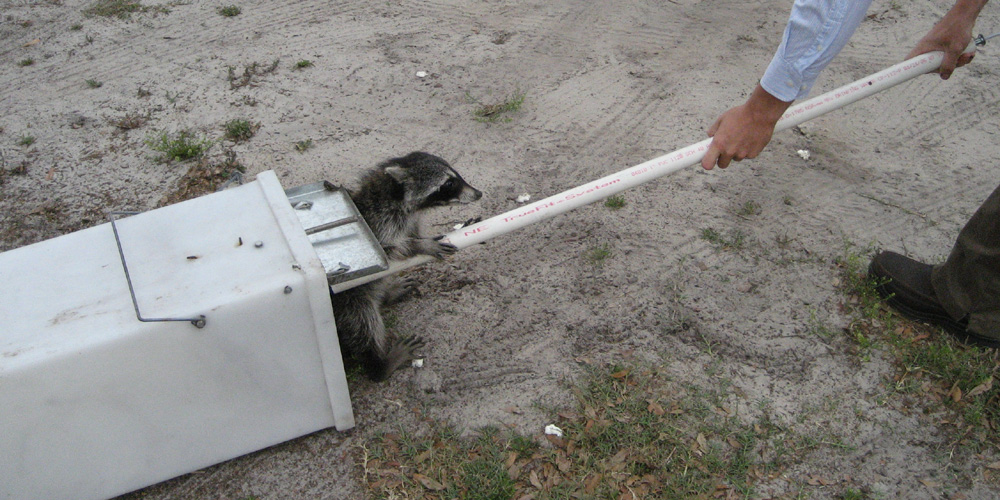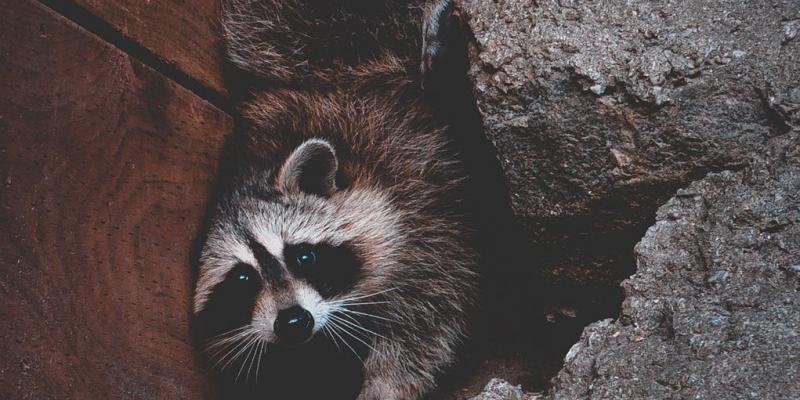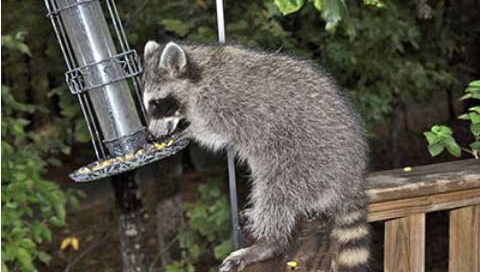A Guide to Subterranean Termites
While all of these types of termites can cause significant damage to your home, subterranean termites are the most widespread, being present in every state except. We will arm you with everything you need to know about this destructive insect and give you the advice you need to keep them from invading your home.
What Are Subterranean Termites?
Subterranean termites are a family of termites composed of over 345 different species. They form massive colonies that can range from 60,000 to over 2,000,000 termite workers
Known for actively feeding 24/7, these groups are made up of three distinct subcategories:
Reproductive termites, which breed to increase colony size.
Workers, which do the primary damage to your home and are responsible for feeding the group.
Soldiers, which protect the other termites from attack.
What does a subterranean termite look like? Here are some of the main traits:
White or brownish-black in color.
Around ⅛ inch long.
6 legs and antennae.
Long, narrow, and oval-shaped.
Drywood Termites Vs. Subterranean Termites
At first glance, it can be hard to tell drywood and subterranean termites apart. However, there are some key differences you should know.
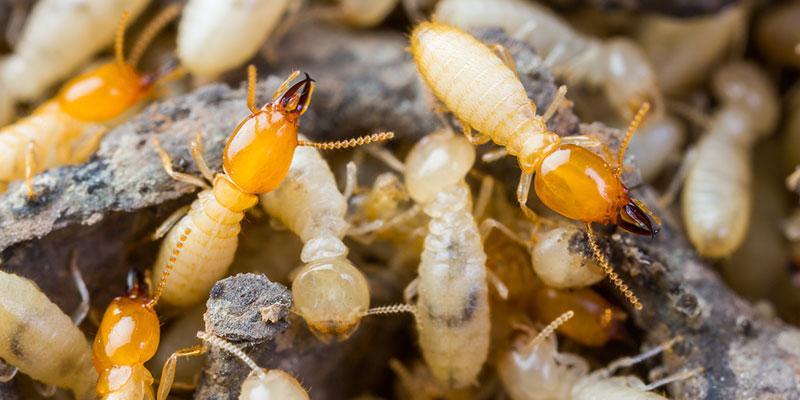
Termites: The complete guide
Education on termite prevention and professional annual termite inspections are key to protecting your home and business from termites. Termites are often called the ‘silent destroyers’ as infestations start hidden behind walls, floor coverings and insulation and can remain undetected for years without immediate damage.
How to get rid of termites
Termites are one of the costliest pests in the world, causing millions of dollars worth of property damage to homes and businesses before professional termite control is sought. Termites never sleep and can eat round-the-clock, 24 hours a day, virtually undetected until you notice the spongy floors and damage to decks, joists and wood beams or other signs of termite damage.
Once a termite infestation is established, they can be hard to get rid of. Homeowners are often tempted to try and get rid of termites with DIY methods, but miss a few termites – or the termite queen – can you’ll have another infestation on your hands in no time
Types of termites
There are two species of termites that most residents and property owners need to concern themselves with:
Subterranean termites – These termites are common in North America, particularly in California and other Western states. Subterranean termites create mud tubes and build tunnels along walls and foundations to get into the wood to keep themselves moist. Subterranean termites live underground and cannot survive in the open, thus they keep themselves sheltered from the elements using mud.
Drywood termites – These termites live above ground and can eat nearly any kind of wood. Drywood termites have a taste for drier wood (hence their name). A drywood termite infestation is often harder to locate as they do not leave behind telltale mud tubes, many times infestations are not noticed until damage is done to floors, woodens structures, joists and other areas of the property.
How do you get rid of termites?
The best way to get rid of termites is to call in pest control professionals who can provide the most effective treatment options to completely eliminate termites and offer comprehensive recommendations to prevent recurring or returning infestations. There are, however, a number of things you can do to try and get rid of termites yourself. Of course, DIY methods are often unreliable and none of these are guaranteed to work – and may be dangerous if chemicals are not used properly.
How To Get Rid of Termites
There are many methods for ridding your home of termites, but what is your best option? Choosing an effective natural or chemical treatment can help kill a present infestation and prevent future ones from forming.
Remove Their Food Source
Before treating your infestation, make sure to remove any possible food sources that termites may overrun. This includes outdoor wood piles, old tree stumps, and even paper debris. Give the colony as few places to live and spread as possible to make your treatment the most successful.
Natural Methods
One of your easiest natural methods of getting rid of termites is to lure them into a trap. Simply stack flattened cardboard boxes where you see signs of infestation, and after a few days you can inspect your boxes for successful trapping. Soak the boxes with insecticide or safely burn them. Note that this will not kill the king or queen.
Chemical Treatments
Two easily obtainable chemical treatments for killing termites are termite baits and liquid solutions for soil application. These methods target outdoor infestations and help to protect the perimeter of your home from future attacks. Place baits underground or over active mud tubes to poison termites and kill the colony. Apply liquid pesticides to soil which will kill termites on contact.
Should You Treat the Issue Yourself?
While there are many methods of removing termites from your home, you must be absolutely sure that you are keeping your pets and family safe throughout the process. For safe, efficient, and professional termite control
Best Termite Control: All You Need to Know about Termites and How to Get Rid of Them Fast
This book is a complete guide to termite control. The author put everything he knows about termites and how to get rid of them into simple, understandable language so you can easily learn all there is to know about termite control.
Termite Overview: The intriguing foundation to your termite control knowledge.
Termite Colonies: Learn about how these pests live and operate.
Termite Colony Organization: You have to know what kind of termite you’re looking at and which ones you must kill.
How Termites Work: If you want to properly protect your house, you need to understand exactly how termites work.
Termite Lifecycles: Simple points to understanding termites and their lifecycles.
Types of Termites: Great tips that will help you solve your termite problem quickly and efficiently.
Detecting Termites: Learn the 5 signs that will accurately tell you if your home has been compromised or not.
Natural Termite Control Overview: See how to get rid of termites in a healthy and effective way.
Natural Control Keys: 3 simple ways to naturally control your termite problem.
Other Forms of Control: Learn what the other termite control methods are that will keep your home termite-proof.
Best Termite Baits: A great guide on how to kill termites with bait.
Tenting Your Home: A simple guide to the most powerful way to get termites out of your house.
Prevention: 19 important tips on keeping your home termite-free.
How to Choose an Exterminator: 9 simple tips to make sure you hire the best termite exterminator.
HOW TO KILL AND GET RID OF TERMITES
Termites are every homeowners nightmare. That’s because the proper tools and methods needed to kill subterranean and drywood termites are a closely guarded secret by pest control companies
IDENTIFY YOUR SUBTERRANEAN, DRYWOOD OR DAMPWOOD TERMITES
90% of termite populations in the USA are those of subterranean termites. 10% are those of drywood termites. You need to know the difference before you begin treatment. If you live in a coastal area where high humidity exists, then you could be dealing with drywood or dampwood termites. Subterranean termites travel in mud shelter tubes. Drywood termites leave small holes and fecel pellets called frass. We have termite distribution maps and step by step guides on how to get rid of kill all species of subterranean, Drywood, Formosan, Dampwood and Powder Post Termites.
KILL EXISTING TERMITE INFESTATIONS USING TERMITE INSECTICIDES AND FOAMS
In order to stop termite infestations and to prevent more damage from occurring, chemicals have to be applied to kill termites. Termidor SC is the product of choice for treating soil, Sentricon is the choice for termite baiting, and Bora Care is the product of choice for treating wood. Most treatments are made to areas where termites are active and a few feet on each side of the infestation
TERMITE BAIT THE SUBTERRANEAN TERMITE COLONY FOR LONG TERM CONTROL
Termite baiting became very popular in the early 2000’s. Then it faded away with the introduction of Termidor. Now, with countries all over the World beginning to question the safety of Termidor, Termite Baiting and Termite Monitoring are roaring back into the mainstream
